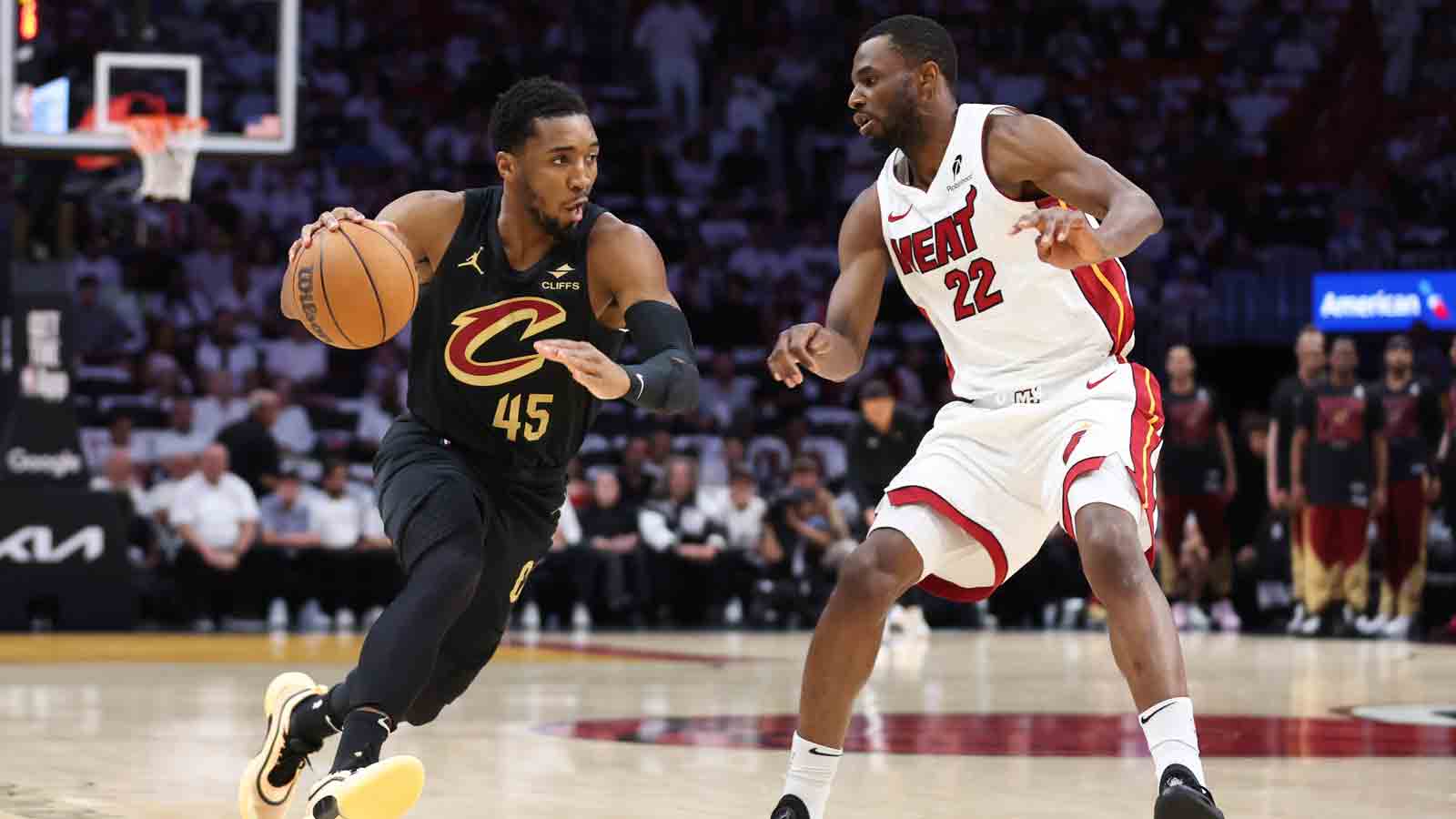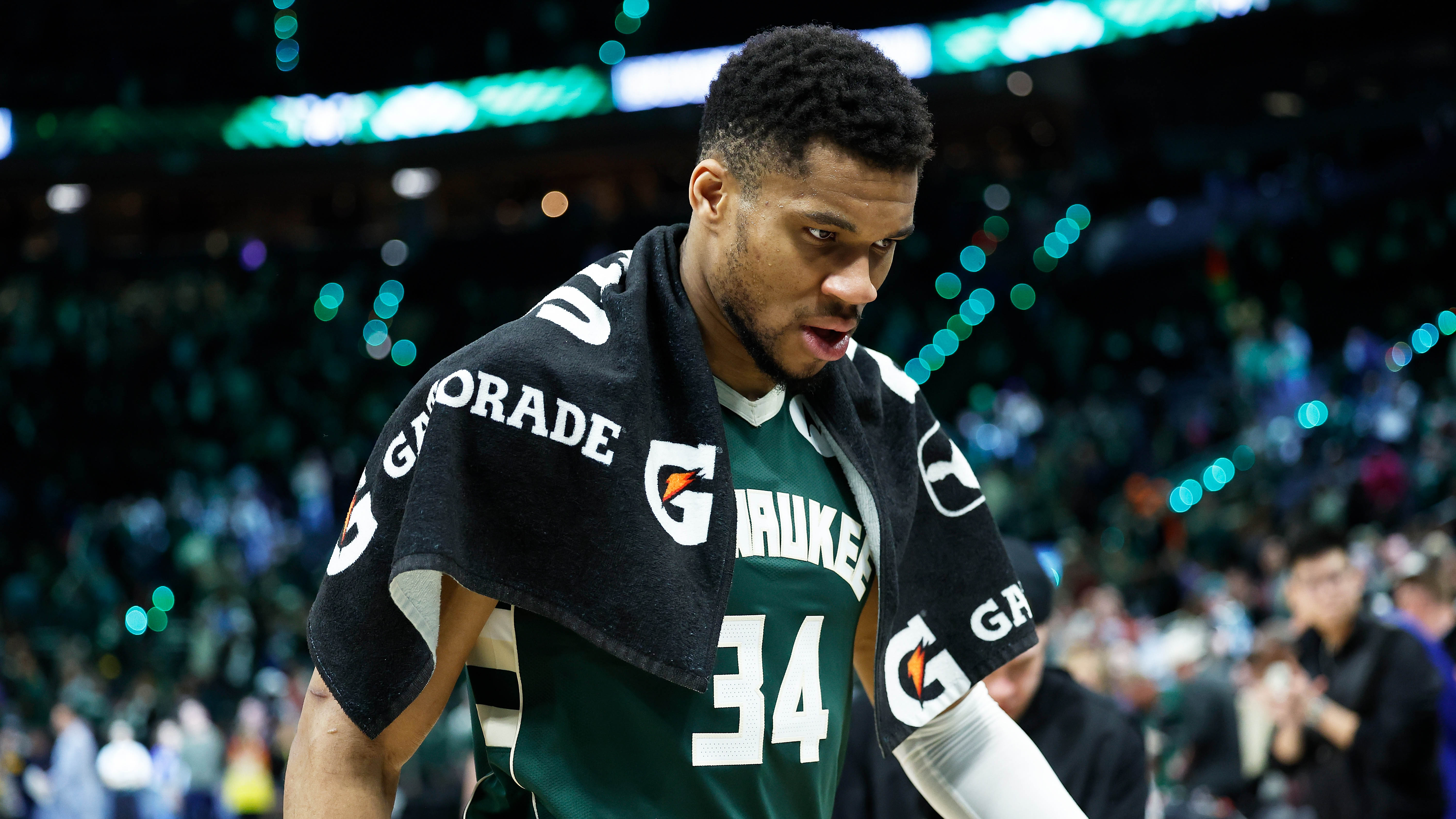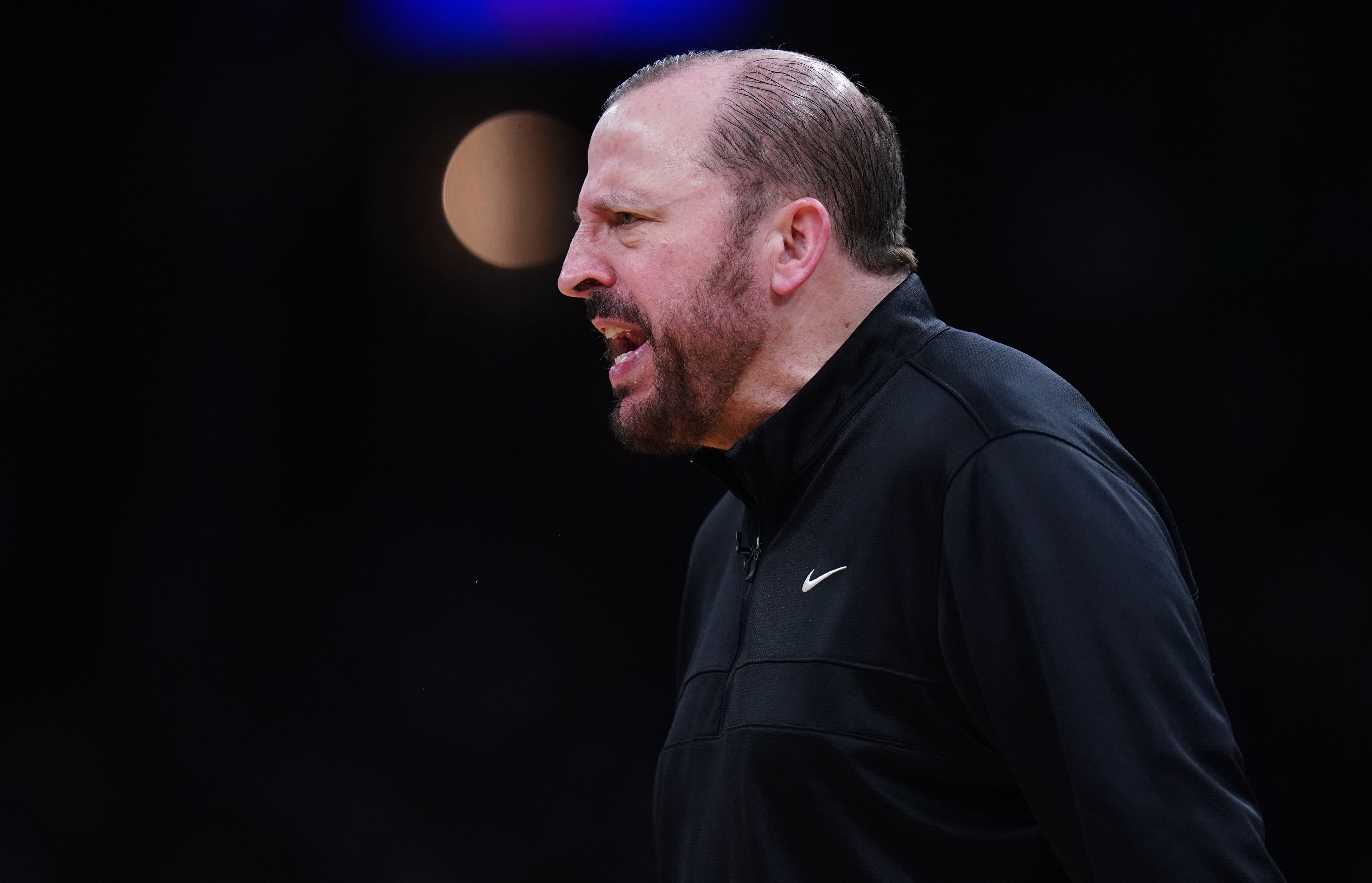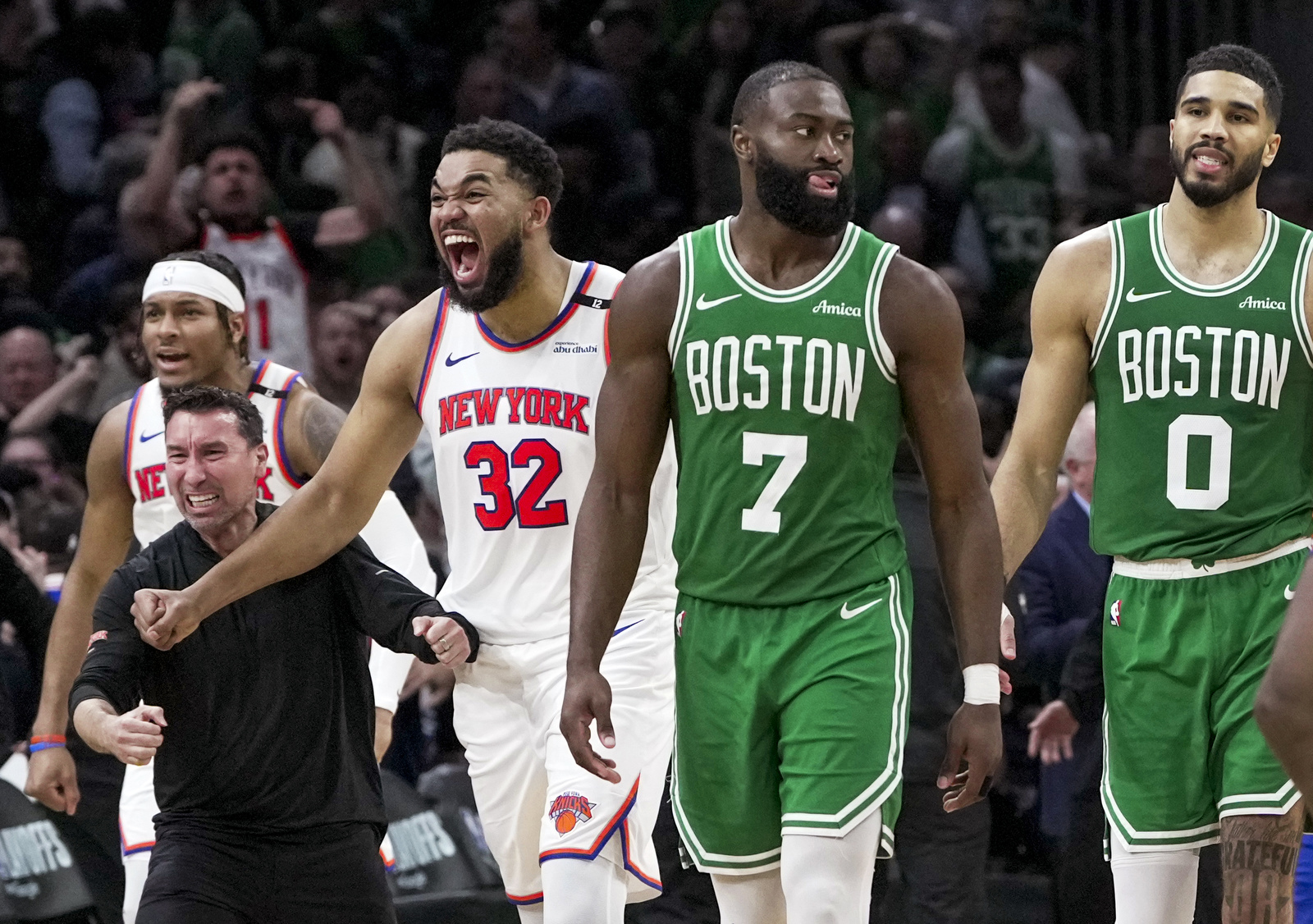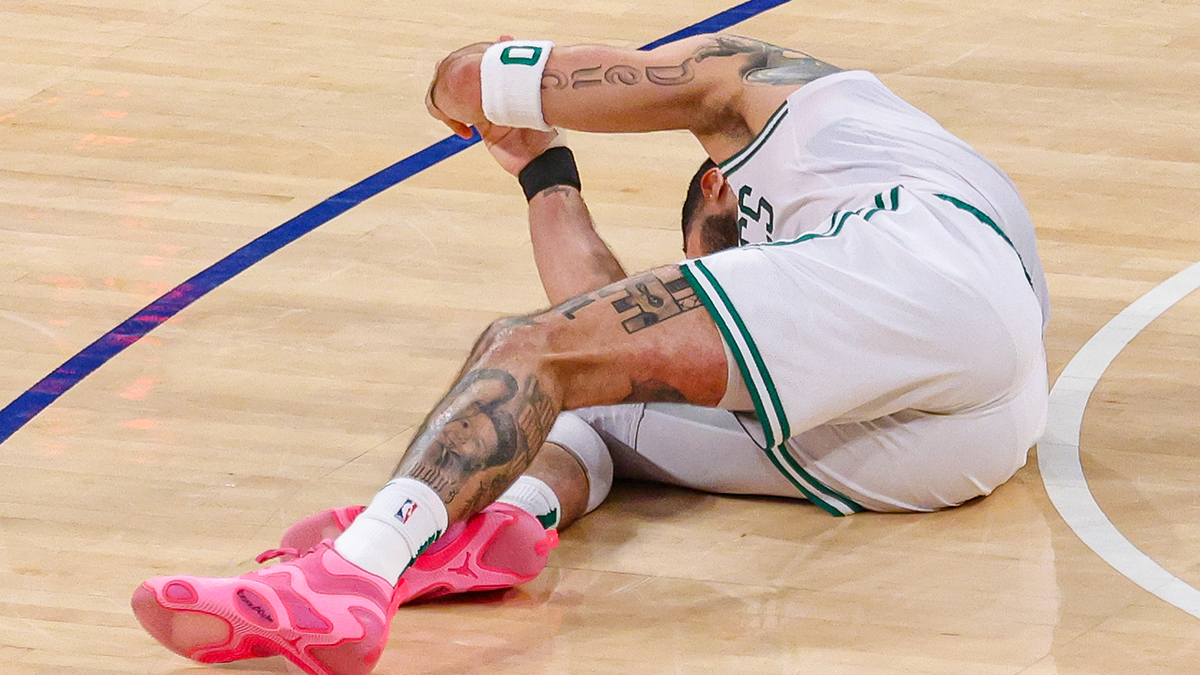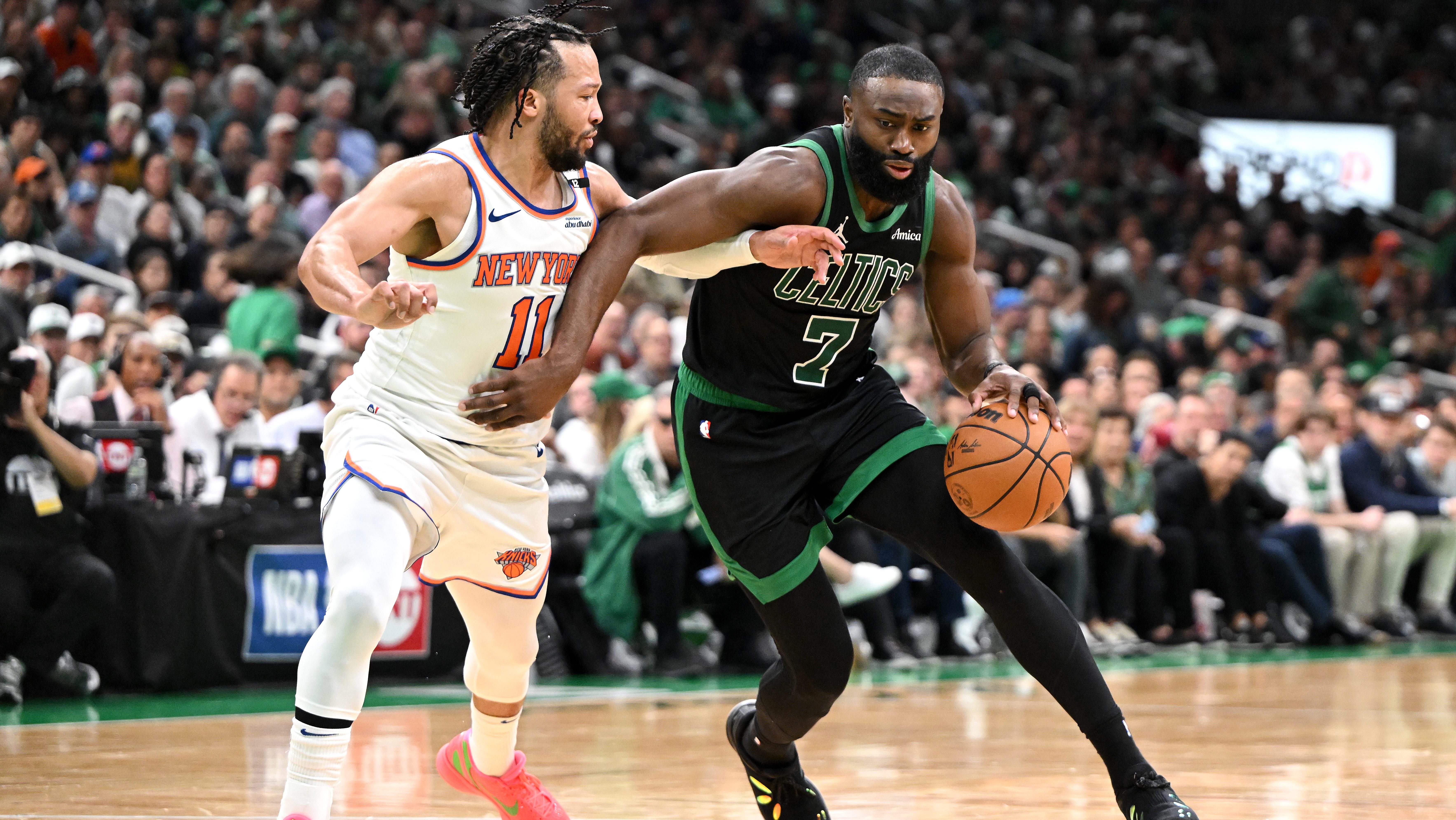Biggest Halftime Lead in NBA Playoff History? The Cavs Almost Did It!
Cavs' Blowout: Unveiling the Biggest Halftime Lead in NBA Playoff History
Introduction: Was Miami Already on Vacation?
Ouch. That’s probably the best way to describe the first half of Game 4 between the Cleveland Cavaliers and the Miami Heat. It looked like the Heat players had mentally checked out, already picturing themselves lounging on a beach in Cancún. Facing a daunting 3-0 series deficit, Miami came out flat, and the Cavaliers pounced, building a massive lead. Just how massive? Well, let's just say they were sniffing around some serious NBA playoff history. The Miami Heat sure played like they were halfway to Cancún.
The Dismal Details: A Half the Heat Would Rather Forget
Trailing 72-33 at halftime, the Heat found themselves in a hole so deep, they needed a telescope to see the top. The 39-point margin wasn't just bad; it was historically bad. Think of it like this: it was less a basketball game and more a public execution of the Heat's playoff hopes. The 39-point margin was the third-largest halftime deficit in NBA postseason history. But how did it get so bad, so quickly?
The First Quarter Fiasco
The tone was set early. Miami trailed 43-17 after the first quarter. That's right, 43-17! It was less a quarter of basketball and more a quarter of pure, unadulterated offensive futility for the Heat. Imagine trying to climb Mount Everest in flip-flops; that’s how effective the Heat’s offense was.
A Near-Record Breach
The pain didn't stop there. The deficit ballooned to a staggering 45 points in the second quarter. At 70-25 with 2:08 left in the half, the Cavs were not just winning; they were dominating. The Heat were teetering on the edge of NBA infamy, dangerously close to being on the wrong side of the record books. The deficit reached 45 points in the second quarter when the Cavs opened a 70-25 lead with 2:08 left in the half as the Heat flirted with being on the wrong side of history.
Offensive Woes: Where Did the Heat's Fire Go?
So, what went wrong for the Heat? Well, pretty much everything. Their shooting was atrocious, their ball-handling was sloppy, and their defense was...well, let's just say it was optional. It was like watching a once-great chef completely botch a simple recipe.
Shooting Struggles
Miami shot just 30.2% in the first half. That’s not a typo. That's worse than your average rec league team. From beyond the arc, they were a dismal 4-for-25. Imagine trying to hit a bullseye while blindfolded and spinning in circles; that’s how accurate their three-point shooting was.
Turnover Troubles
Adding insult to injury, the Heat committed 12 turnovers in the half. Each turnover was like handing the Cavaliers another free point. It was a comedy of errors, only nobody in Miami was laughing. It was their lowest-scoring half of the season in what is now all but assured to be their final game of the season.
What's the Biggest Halftime Lead in NBA Playoff History? The Cavs Nearly Topped It!
This is the big question, isn't it? While the Cavaliers' performance was impressive, they didn't quite snatch the crown for the largest halftime lead. But who does hold that record? And how close did Cleveland come to breaking it?
Cleveland's Claim to Fame
The Cavs nearly broke their own record. That's right, Cleveland already owns the record for the largest halftime lead in NBA playoff history. Talk about déjà vu!
The Record Holders: 1986 Boston Celtics vs. Chicago Bulls
The current record for the largest halftime lead in NBA playoff history belongs to the 1986 Boston Celtics. In Game 3 of their first-round series against the Chicago Bulls, the Celtics led by a whopping 41 points at halftime. Larry Bird and company were firing on all cylinders, leaving Michael Jordan and the Bulls in their dust.
So Close, Yet So Far: Comparing the Leads
The Cavs’ 39-point halftime lead falls just short of the Celtics' record. While it's still a significant margin and a testament to Cleveland's dominance, it wasn't enough to rewrite history. Still, it’s a performance that will be remembered for a long time. Think of it as winning the silver medal at the Olympics – impressive, but not quite gold.
Historical Context: Other Notable Halftime Blowouts
While the 1986 Celtics and the recent Cavs performance stand out, they aren't the only examples of lopsided halftime scores in NBA playoff history. Let’s take a quick trip down memory lane to look at some other notable examples.
The 1998 Lakers vs. Jazz: A Western Conference Wipeout
In Game 1 of the 1998 Western Conference Finals, the Los Angeles Lakers led the Utah Jazz by 36 points at halftime. Shaquille O'Neal and Kobe Bryant were a force to be reckoned with, overwhelming Karl Malone and John Stockton.
2015 Hawks vs Nets: A memorable rout
The Hawks had a 33-point halftime lead in Game 2 of the first round against the Nets, which showed true dominance and helped propel them to a series win.
What Does This Mean for the Heat? A Season on the Brink
Let’s be honest: This wasn’t a good look for the Heat. While comebacks are possible, overcoming a deficit of this magnitude in a playoff series is a monumental task. It’s like trying to fill the Grand Canyon with a teaspoon – theoretically possible, but highly unlikely.
Looking Ahead: A Summer of Reflection?
Regardless of how this series ends, the Heat have some serious soul-searching to do. They need to re-evaluate their roster, their strategy, and their overall approach to the game. It could be a long and difficult summer for the Miami Heat organization.
Lessons Learned: What Can Teams Take Away From This?
There are valuable lessons to be learned from games like this, both for the winning team and the losing team. Here's what we can glean from the Cavs' dominance and the Heat's struggles:
For the Winning Team: Stay Hungry, Stay Focused
Even with a big lead, it's crucial to maintain intensity and focus. Don't get complacent, and don't let up until the final buzzer sounds. A lead can vanish quickly if you lose your edge. It's like driving a car - you don't stop paying attention just because you are on the highway.
For the Losing Team: Never Give Up, Always Learn
Even in the face of adversity, it's important to keep fighting and to learn from your mistakes. Analyze what went wrong, identify areas for improvement, and come back stronger next time. Every loss is a learning opportunity. If at first you don't succeed, try, try again, and then analyze why you failed the first time.
Conclusion: A Historic Beatdown, But Not a Record Breaker
So, while the Cleveland Cavaliers put on a dominant performance and came close to breaking the record for the largest halftime lead in NBA playoff history, the 1986 Boston Celtics still hold the title. Nevertheless, the Cavs’ performance served as a powerful reminder of their potential and a stark warning to the rest of the league. And for the Heat? Well, it might be time to start planning that trip to Cancún. The Heat trailed 43-17 after the first quarter. Cleveland holds the mark for largest...
Frequently Asked Questions (FAQs)
- What is the largest halftime lead in NBA playoff history?
The largest halftime lead in NBA playoff history is 41 points, set by the Boston Celtics against the Chicago Bulls in 1986.
- How close did the Cleveland Cavaliers come to breaking the record?
The Cavaliers led the Miami Heat by 39 points at halftime, just 2 points shy of the record.
- Which other teams have had significant halftime leads in the NBA playoffs?
Other notable examples include the 1998 Lakers against the Jazz and the 2015 Hawks versus the Nets.
- What were the main factors contributing to the Heat's poor performance?
The Heat struggled with poor shooting, numerous turnovers, and ineffective defense.
- What can teams learn from games with such large halftime leads?
Winning teams should stay focused and avoid complacency, while losing teams should analyze their mistakes and strive to improve.
